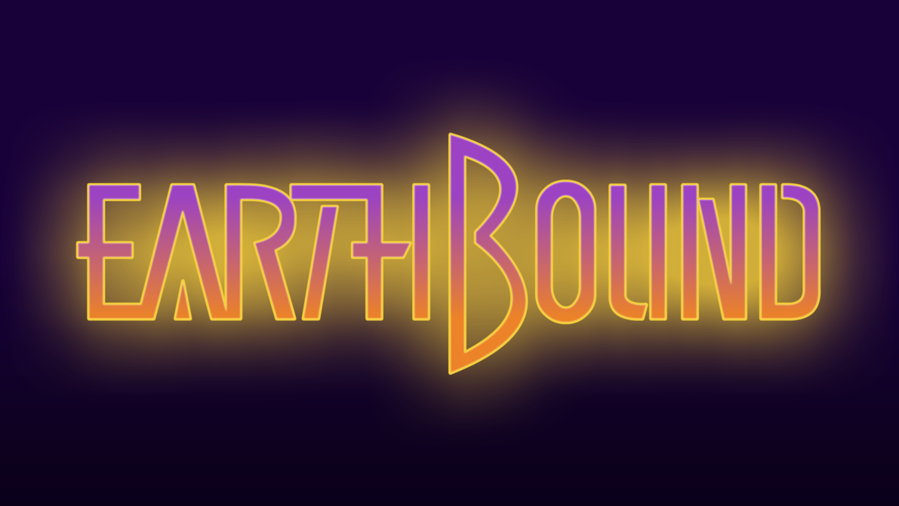
Earthbound hit shelves in North America for the first time during the Summer of 1995. Although the game was some what of a commercial failure in the United States (probably due to botched advertising attempts), the adventure is now a cult classic and is commonly regarded as one of the greatest RPGs of all time. The game is now available via virtual console on 3DS and Wii U, and it's fine time we review it.
Platforms: SNES, Wii U (VC) [Reviewed], 3DS (VC)
Developer: APE, HAL Laboratory, Nintendo
Release: June 5, 1995
MSRP: $9.99 (Wii U, 3DS)
If you're new to the Mother series, you might be slightly confused about what exactly Earthbound is and where it fits in the timeline of the games. Earthbound is simply the English translation of Mother 2, the second game in the Mother trilogy. Mother 1 and Mother 3 were never released outside of Japan and Mother 2 never saw a release in Europe. Very recently, Mother 1 finally got an official English translation (fans have been playing unofficial ROM translations of the game for years) in the form of Earthbound Beginnings that is avilable on the Wii U eShop. Much to the dismay of fans, Mother 3 still doesn't have an official English version and it's unlikely that one is in the works. Although it's the second game in the series, you really don't need to have played the first before diving into Earthbound: although connected, all three games feature plots that are independent of each other.
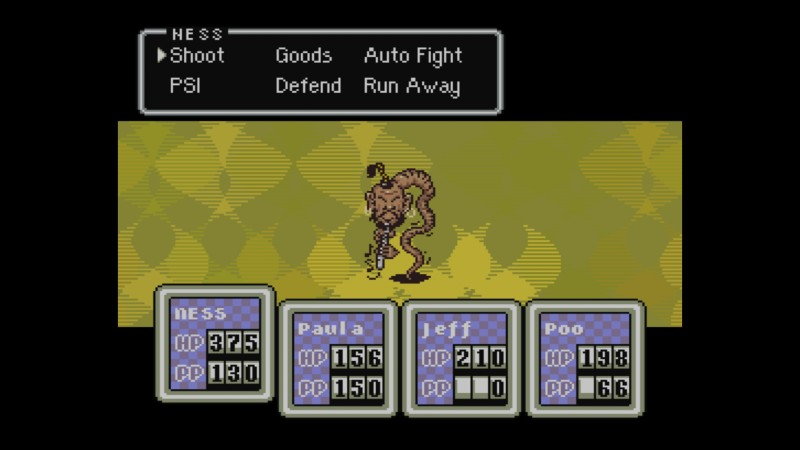
After a meteor crashes into Earth in the middle of the night, the young American boy Ness sets off on an adventure to rid the world of the newly introduced alien force: Giygyas. Eventually joining Ness on his quest to rid the earth of evil are the three party members Paula, Jeff, and Poo. The plot progresses as Ness seeks after 8 different "Your Sanctuary" locations that each yield a melody that can be added to Ness's Sound Stone. The locations are spread over the rather large world that includes plenty of different cities, areas, and environments to explore.
Although the description of the plot might sound rather generic, Earthbound is anything but that. After an oversaturation of RPGs featuring the likes of wizards, mages, dragons, potions, and monstorous baddies, Earthbound presents a unique take on the genre. Everything about the game is set in the modern (er, 1995 modern) United States and features a Japanese interpretation of stereotypical American life. Instead of a sword, you get a baseball bat. Rather than a armory shop, you buys things at a Drug Store. The currency is U.S. dollars and you'll have to use an ATM to withdraw it when you need more (your only source of income is from your father who will gift it based on the enemies you defeat). Need to heal up? Visit a hospital or eat a steak. Did I mention that Ness gets homesick and will be less effective in battle if you don't remember to call home to your mother from time to time? The result of these unique game elements is a quirky and delightful gem that has truly stood the test of time.
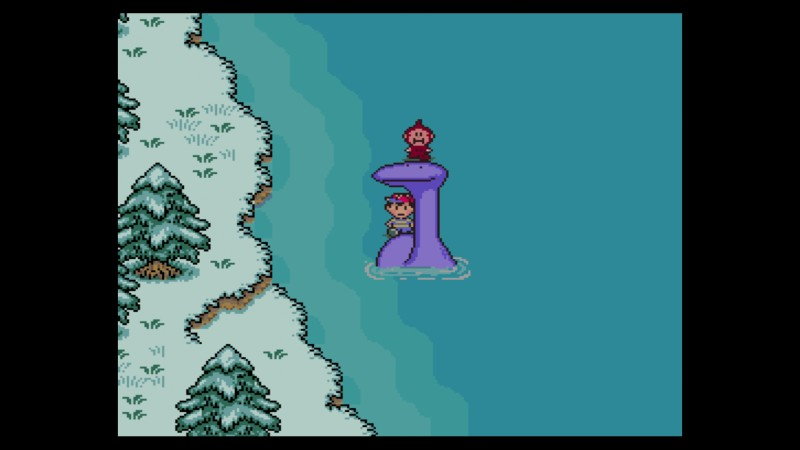
To accompany the delightful (but sometimes slow moving) plot is familiar but definitely not generic RPG gameplay. Ness and company will engage in turn-based battles with enemies that can be seen and sometimes identified on the overworld. Because encounters aren't completely random, you'll have the liberty to avoid battles when you are in trouble or simply can't be bothered to deal with annoying baddies (I'm looking at you, Territorial Oak). Enemies that are stronger or on-par with you will chase you down making them difficult to avoid. However, weaker enemies will flee from you and you won't have to worry about enemies that you'd likely be able to defeat in one turn, as you'll simply win the battle and gain expirience without ever having to engage in combat. A highlight of Earthbound is the crazy and quirky variance of enemies. Your adventure will pit you up against the likes of Scalding Coffee Cups, Insane Cultists, New Age Retro Hippies, Abstract Art, and Extra Cranky Ladies.
The battles are turn-based and the interface gives your party members a number of options, with slight variance for each character. You have your standard physical attacks, psychic attacks that use PP (PSI), the ability to use items in battle, a defend option, a run away option, and the unique option to auto-fight, a saving grace to the jaded baddie battler. My absolute favorite feature of the battle system is the rolling HP meter. When an enemy deals damage to you, you don't take the hit all at once. Your HP will drain slowly while still allowing you to battle. If you're able to heal or defeat an enemy before your HP meter drains all the way, you won't have to take all of the damage and can avoid death. At first I didn't understand the significance of this, but Earthbound would be nearly impossible to play without it. Battling is often times incredibly challenging and even frusturating (your attacks will miss more than is justifiable), but defeating a powerful enemy is extremely satisfying and takes all of strategy.
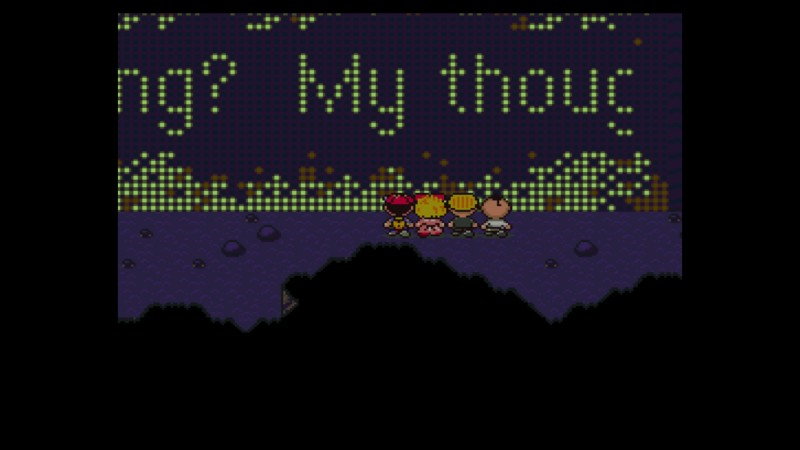
Altough now over twenty years old, Earthbound still looks and plays really well. Although not realistic by any stretch of the word, the graphical choices for the game are fitting and charming. Bright colors and interesting backgrounds make for a pleasant visual expirience. Battles usually feature some sort of fast-moving digital background with strange patterns and flashes of various colors that seem peculiar but still help round out the game into something that is uniquely Earthbound. The soundtrack for the game is also top-notch and features a number of cool beats to accompany different enemies in battle. The control scheme might take some getting used to, but the game controls well and plays fluidly.
If you're going to the plunge and try out Earthbound, be prepared to spend some time doing it. This adventure is not for those short on time. Expect to spend at least 30-40 hours completing the story. The game is long and very challenging. Save points are not very common and the enemies are truly tough. You've got to be willing to grind and you'll probably be doing a fair bit of back tracking and retrying bosses multiple times. This difficulty can sometimes seem a little unfair to new players who aren't familiar with the weaknesses of each enemy, but at no point does the game set you up for guranteed failure. It will take patience, skill, and strategy, but that will make your eventual victory over Giygas very satisfying.
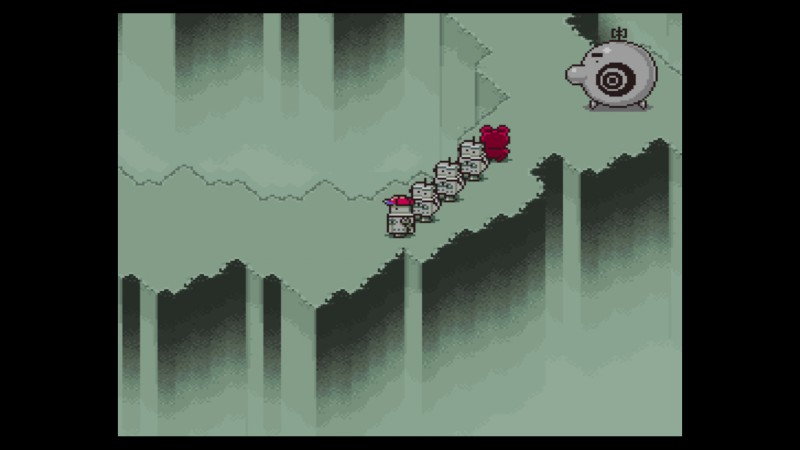
The Wii U and 3DS Virtual Console adaptions of the game stay very true to the original in most every way. On Wii U the game can be played using a Wii remote, a Wii U Pro Controller, or on the Gamepad, which features off-tv support. Both versions of the game also feature save states in the form of Virtual Console Restore Points that will make your trek through this game much easier and less frusturating.
Earthbound is truly the masterpiece that fans have been praising for over twenty years. The unique setting and delightful wit draw a player into the game and the story is complelling, moving, and sometimes downright tear-jerking. The humor and wit of this game is terrific and the game constantly pushes it's limits on what is okay to say. The RPG mechanics are rock solid and progression can be slow but pays off very well. If you claim to be an RPG fan, shame on you for not having played this game on ready. If you claim to be anyone else, you've got no excuse to not try this game today, unless you're afraid of a little challenge.
Pros
- Engaging plot and likeable characters
- Rock solid and unique RPG gameplay
- Fitting graphical style, presentation, and music
- Superb wit and humor
- Challenging and jam-packed with content
Cons
- Sometimes frustratingly difficult
Verdict
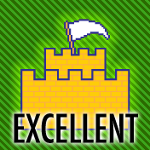
Excellent
Excellent games have our official recommendation and our examples of what every game should strive to be. These games feature exciting gameplay, engaging stories (when applicable), intuitive controls and movement, polished and fitting presentations, and good value. Above all else, these games are truly fun to play.
Want to know what this score means? Check out our Scoring Guidelines page.
About the Author:
Rial Johnson
Rial Johnson founded Nintendo Castle in 2011 with hopes to build the largest collection of Nintendo walkthroughs, guides, and content on the web. He is an avid gamer with a special place in his heart for Nintendo, but often finds himself writing about games more than actually playing them. You'll likely see him around Nintendo Castle and on social media, mostly managing the front-end content of the site.